Don’t Fall for These 11 Common Running Myths
For something most people have done all their lives and only requires a pair of sneakers, running can be downright confusing. Thanks in part to a number of persistent myths about the sport, people don’t know whether to stretch before a run, if it's bad to jog outside in frigid temps, and if downing a banana is the best way to cure running cramps (to name a few common questions).
To set the record straight, Jess Underhill, founder of Race Pace Wellness and Race Pace Run Club gives some needed running real talk. As running coach and head cheerleader for an endorphin-filled life, Underhill has heard it all.
Scroll down for the truth behind 11 common running myths.
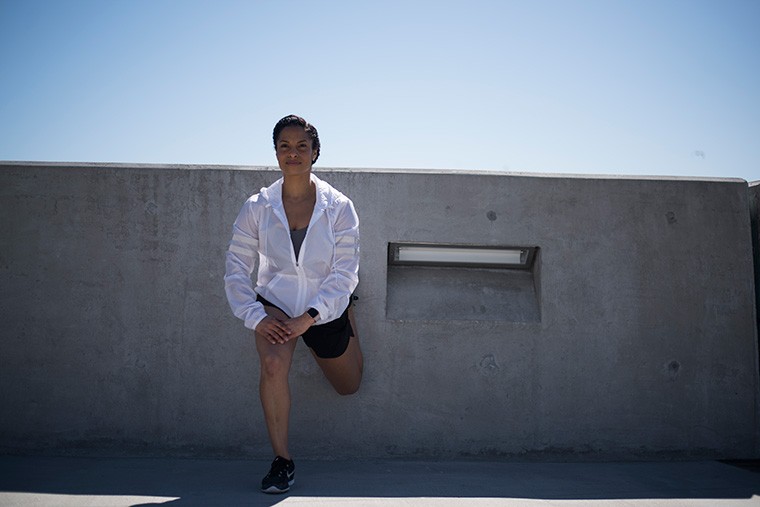
1. Running will ruin your knees, hips, [enter body part here]
You hear this all the time from your mom, co-worker, neighbor, and the non-runners in your life. While it’s true that you can become injured if you run, you won’t become injured just because you run. “Running isn’t going to blow out your knees more than any other activity,” says Underhill. “You can have different injuries and they can occur over a period of time. But if you strength-train and cross-train, you’ll reduce your risk of injury.”
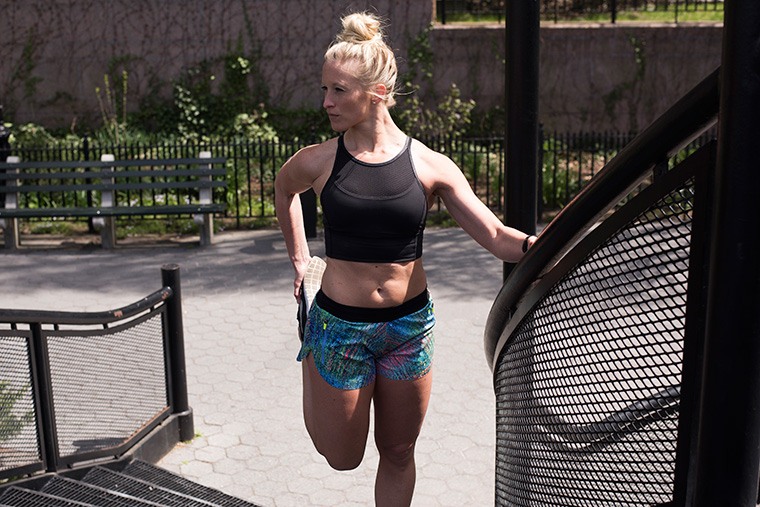
2. Always stretch before a run
While hanging over your legs to stretch your hamstrings or holding a static calf stretch may have been a staple of your cross-country team warm-up, you might want to reconsider this age-old routine. “Static stretching doesn’t warm-up the body,” says Underhill. Swap your long holds for dynamic stretches. Think leg swings, walking lunges, high knees, and butt kicks. “Dynamic stretching is preferred before running because it prepares your body for movement and the activity you’re about to do. You’ll get more out of your workout and runs if your body is prepared for it.”
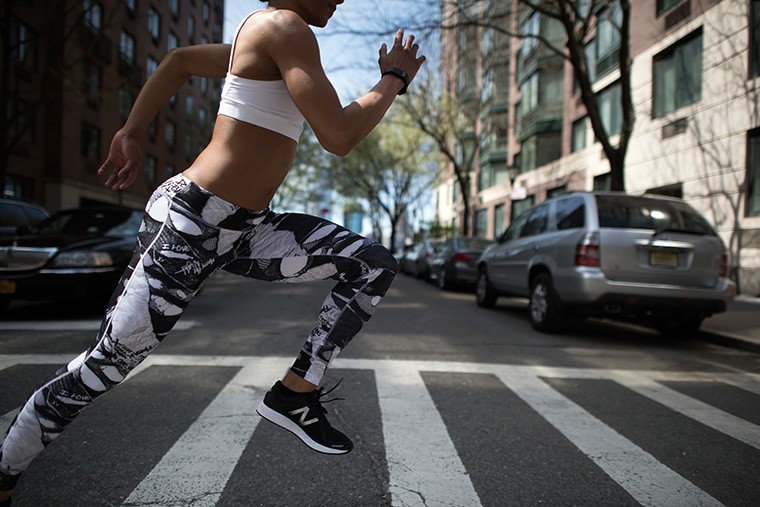
3. To run faster, you have to run fast all the time
It makes logical sense—if you want to run faster, you need to practice running at a faster pace, right? But that’s not the fast track to a PR. “If you always try to run faster paces, you’re more likely to get injured. You don’t want to work at your highest level of performance all the time. It’s not healthy or beneficial,” says Underhill. Instead, you want to run some slower paced runs and some faster paced ones. “The key to getting faster is to vary your workouts,” she says.

4. Runners don’t need to hit the gym
“The whole kinetic chain impacts how you run,” says Underhill. That means everything from your upper body to core to legs and glutes. Weakness in these areas can impact your running form, efficiency and pace and bring you to fatigue fast. “You can’t correct muscle imbalances when you’re running but you can do that in the gym,” says Underhill. “Plus, you live your life outside of running. You want to be able to carry heavy groceries and do other things.” So if you want to avoid injury, make time for the gym.
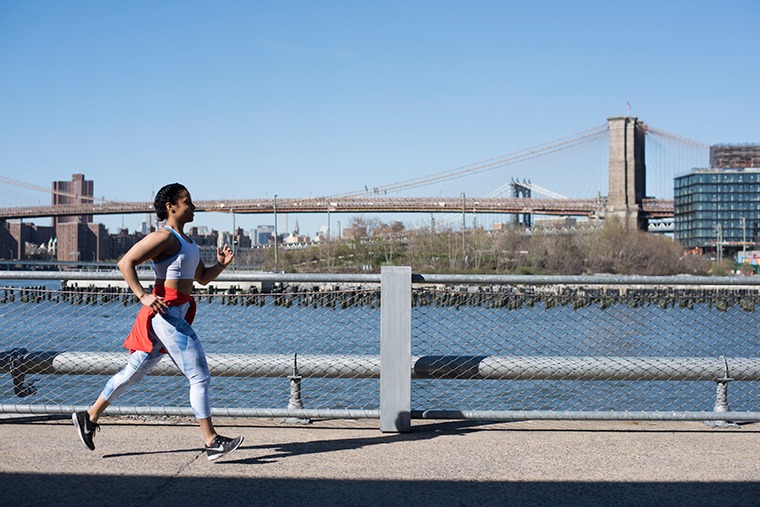
5. You get slower as you age
It’s the law of diminishing returns, right? You get older—you get slower. Not quite. Your running fitness depends more on when you started running than your chronological age. “If you ran when you were younger at a pro or elite level and really pushed your limits, you’re going to get slower as you get older,” says Underhill. “But if you take up running later in life, say age 40, you have room for improvement just like any new runner.” And relatively speaking, you could run faster at 45 than you did at 40.

6. Running in cold weather is bad for you
Another favorite unwanted advice from parents everywhere—you’ll get sick if you run outside when it’s cold. “It might be more difficult to breathe when it’s cold but it’s not going to hurt your lungs,” says Underhill. “It’s good for your mind to be outside especially in the winter when you’re stuck inside all day.”

7. You should drink water all the time
You know it’s important to hydrate, especially if you run, but it turns out carrying a water bottle with you on every run isn't always necessary—over-hydration is a real thing that happens. “You should drink when you’re thirsty,” says Underhill. If you have a hard time gauging your thirst during a race, have a plan in mind so you get some fluids but not too much. “Over-hydration is just as dangerous as dehydration.”

8. Have a cramp? Eat a banana
Hate to break it to you but a banana’s not going to cure your muscle cramps. While the knot in your side may be related to nutrition (like low potassium), that’s not always the case. “Typically, you cramp because your body is fatigued or you’re not breathing correctly,” says Underhill. “And as a newer runner, you’re more likely to get a cramp because your body isn’t used to the activity.”

9. Runners can eat anything
Wait, what? Runners can’t eat whatever we want? Nooooo! While it may feel like you scorch a ton of calories on your training run, you only burn roughly 250-300 calories on a 30 minute run. “Over time, as your body become more efficient in an activity, you burn less calories,” says Underhill. And the same goes for the pre-run carb-loading feast.

{{post.sponsorText}}
“Carbohydrates do fuel cardio activity. However, your normal everyday diet should support your shorter runs of three to six miles,” says Underhill. “If you’re marathon training or running 10 miles or more or are on a low-carb diet, you need to include some extra carbs.” But don’t go overboard. The coach’s picks? Brown rice, sweet potatoes and quinoa.
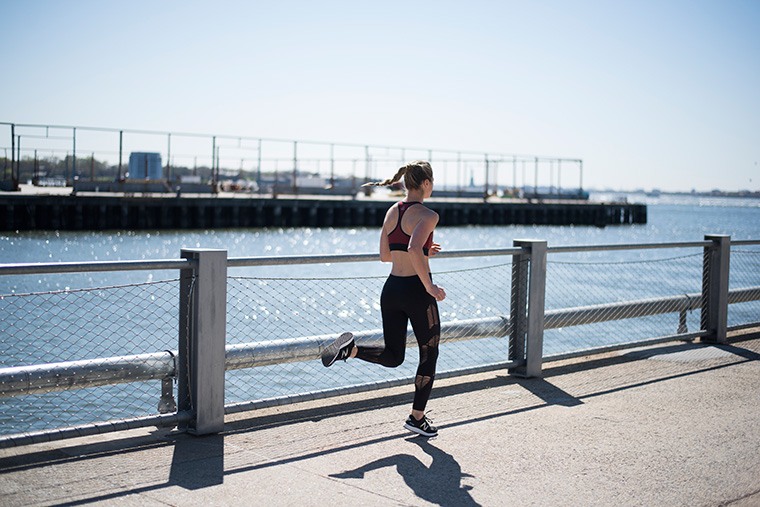
10. It’s going to get easier
Ready for the hard truth? Running doesn’t get easier. It just changes. “New runners think it’s so much easier for someone who’s been running for a long time,” says Underhill. “It’s still challenging no matter how long you’ve been running. You just learn that you’re capable of doing it and that it’s OK if it feels hard.” According to Underhill, it’s kind of like push-ups. They’re really challenging when you start and they’re still difficult even if you’ve been doing push-ups for years. “But you become more efficient and you start to enjoy it more,” she says.
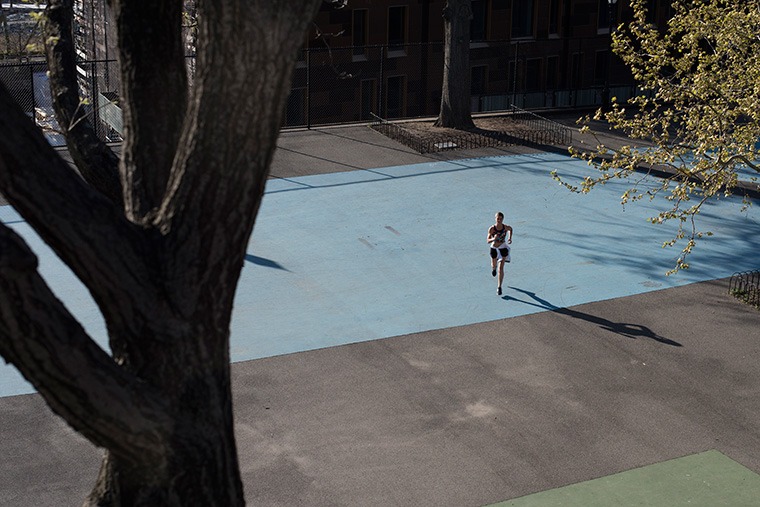
11. You’re not a real runner
“There’s this whole myth that if you’re a slower runner, if you’re not running seven- or eight-minute miles, you’re not a real runner,” says Underhill. “Or maybe you say, ‘It’s just a 5K’ or ‘I run occasionally but I’m not a real runner.’” The running coach would like to call this imposter syndrome’s bluff, which can be fueled by the constant flood of status updates and IG snaps. “There’s no checklist you need to check off in order to call yourself a runner,” says Underhill. “If you want to be a runner and you run, you’re a runner.”
Now that you have all the facts, sign up for this super fun race happening in your state. Plus, these ridiculously stylish leggings will ensure you're the best dressed in the pack.
Loading More Posts...